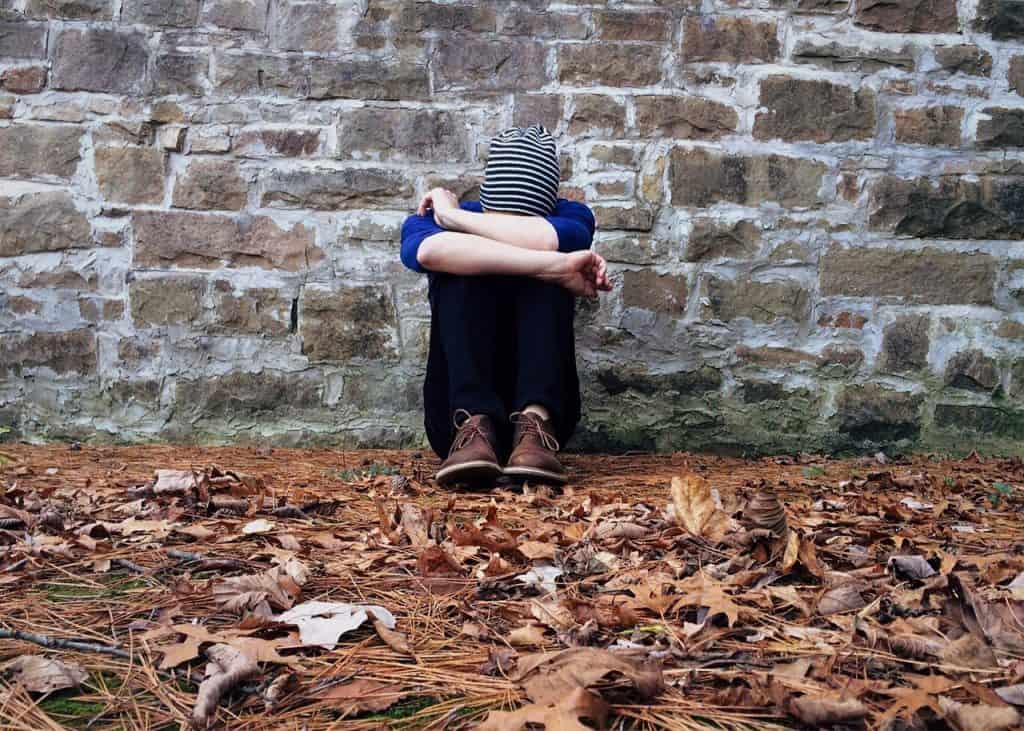
How we can help ease loneliness and isolation in others
Like most months in the year, July is filled with national observances that run the gamut from silly to serious.
National Kitchen Klutzes of America Day comes right after National Call Your Doctor Day. Etch a Sketch Day falls in the same 24 hours as National Eat Your Jello Day. Both are followed by National Pet Fire Safety Day and Racial Harmony Day.
Tucked into the July calendar on the 11th is Cheer Up the Lonely Day, an occasion that suggests we connect with someone who is alone in the world.
It’s a timely suggestion. America is experiencing an epidemic of loneliness and isolation that can increase the risk for premature death to levels comparable to smoking 15 cigarettes a day, according to a May advisory from the U.S. Surgeon General, Dr. Vivek Murthy.
The advisory cited the physical consequences of that: a 29% higher risk for heart disease, 32% for a stroke and 50% for dementia in older adults, a population especially at risk.
Nearly one in four adults 65 and up are socially isolated, according to the Centers for Disease Control (CDC).
Other susceptible groups are people with low incomes, young adults, those with chronic diseases and disabilities and members of the LGBTQ community, the agency reports.
Long-term loneliness can also affect the immune system and make it harder to fight sickness, because it triggers hormones the body makes when you’re under stress.
“It’s hard to put a price tag, if you will, on the amount of human suffering that people are
experiencing right now,” Murthy told NPR’s All Things Considered. “And you can feel lonely even if you have a lot of people around you, because loneliness is about the quality of your connections.”
The CDC even found a correlation between loneliness and the country’s economy: The condition costs an estimated $406 billion a year, in addition to the estimated $6.7 billion a year in Medicare costs for socially isolated older adults.
What got us here? Across age groups, people are generally spending less time with each other in person than two decades ago, Murthy noted. But the situation is greater in young people from 15 to 24, who have 70% less social interaction with friends because they use social media as a replacement for in-person relationships. That often means lower-quality connections.
Surgeon General advisories are reserved for issues deemed significant public-health challenges that “need the American people’s immediate attention.” Among ways to counteract the health challenge of loneliness, Murthy advises, are improving social infrastructure in the community with more public programs; encouraging the health-care community to address medical needs that stem from loneliness; evaluating our relationship with technology; and encouraging a culture of in-person connection.
And what can we as individuals do? According to the folks who came up with Cheer Up the Lonely Day:
- Gather a group and include someone who is socially isolated.
- Drop off a gift or send correspondence to let a recipient know he or she is not alone
- Volunteer where you live, such as a nursing or retirement home, school or food bank, to bond with young and old alike.
And make July 11 a less lonely day.


